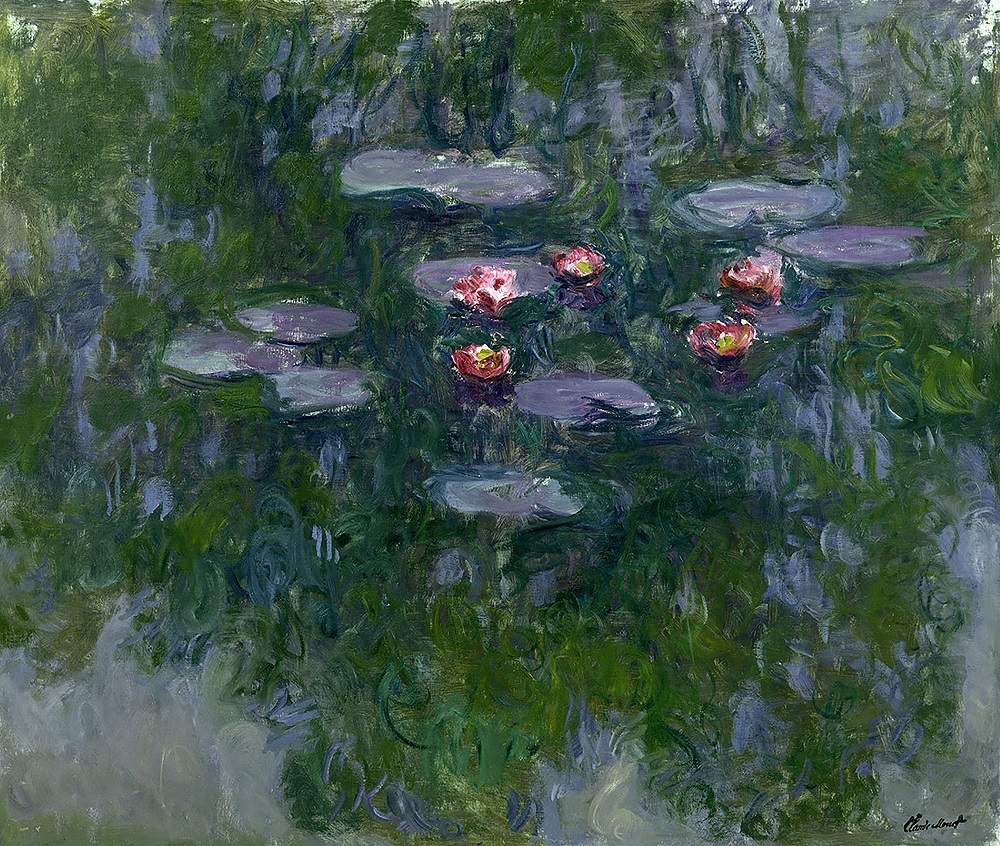Milan, Claude Monet's works from the Musée Marmottan coming to the Royal Palace
From Sept. 18, 2021 to Jan. 30, 2022, Milan ’s fall season at Palazzo Reale will be opened by an exhibition dedicated to the great Impressionist Claude Monet (Paris, 1840 - Giverny, 1926). Entitled Monet. From the Musée Marmottan Monet, Paris, the exhibition, sponsored by the City of Milan-Cultura and produced by Palazzo Reale and Arthemisia, is curated by Marianne Mathieu (art historian and scientific director of the Muséand Marmottan Monet in Paris) and is produced in collaboration with the Musée Marmottan Monet in Paris, where the entire body of works comes from, and the Académie Des Beaux - Arts - Institut de France. The exhibition is part of the museological and exhibition project Museums of the World at the Royal Palace that was created with the intention of introducing the collections and history of the most important international museums.
The exhibition presents 53 works by Monet including his Water Lilies (1916-1919), The Parliament. Reflections on the Thames (1905) and The Roses (1925-1926), his last and magical work: these are some of the highlights of Monet’s artistic production. The chronological itinerary traces the entire artistic parabola of the Impressionist master, read through the works that the artist himself considered fundamental, private, so much so that he jealously guarded them in his home in Giverny; works that he himself never wanted to sell and that tell us about the greatest emotions linked to his artistic genius.
The Musée Marmottan Monet, whose story is told in the exhibition’s itinerary, possesses the world’s largest nucleus of Monet’s works, the result of a generous donation by Michel, his son, in 1966 to the Paris museum that will take the very name “Marmottan Monet.” Divided into seven sections, the exhibition then introduces the discovery of key works of Impressionism and Monet’s artistic production on the theme of the reflection of light and its changes in the artist’s own work, the alpha and omega of his artistic approach. Giving an account of the entire artistic excursus of the Impressionist master, beginning with the very early works that tell of the new way of painting en plein air and from small-format works, we move on to the rural and urban landscapes of London, Paris, Vétheuil, Pourville and his many mansions.
It is Monet’s world, with its full-bodied but delicate brushstrokes and that sometimes dim and sometimes blinding light that made famous masterpieces such as On the Beach at Trouville (1870), Walk at Argenteuil (1875) and Charing Cross (1899-1901), to name a few. But that’s not all. Verdant weeping willows, dreamy avenues of roses and solitary Japanese bridges; monumental water lilies, wisteria in evanescent colors and a nature portrayed in its every most fleeting moment. The exhibition features Gener as a sponsor.
Pictured: Claude Monet, Water Lilies (c. 1916-1919; oil on canvas, 130 x 152 cm; Paris Musée Marmottan Monet)
 |
| Milan, Claude Monet's works from the Musée Marmottan coming to the Royal Palace |
Warning: the translation into English of the original Italian article was created using automatic tools. We undertake to review all articles, but we do not guarantee the total absence of inaccuracies in the translation due to the program. You can find the original by clicking on the ITA button. If you find any mistake,please contact us.




























